Buy THJ-2201 crystal online
Buy THJ-2201 crystal an indazole-based synthetic cannabinoid that presumably acts as a potent agonist of the CB1 receptor and has been sold online as a designer drug.
It is a structural analog of AM-2201 in which the central indole ring has been replaced by indazole.
Summary sheet: THJ-2201 crystal
THJ-2201 (1-?[(5-?fluoropentyl)-?1H-?indazol-?3-?yl](naphthalen-?1-?yl)methanone) is a synthetic cannabinoid and analog of AM-2201. It has been marketed by many research chemical vendors as a legal alternative to the popular AM-2201, which had been banned in 2011.
Cannabinoids are commonly smoked or vaporized to achieve a quick onset of effects and rapid offset. THJ-2201 is orally active when dissolved in a lipid, which can increase the duration significantly. Like other cannabinoids, it is insoluble in water but dissolves in ethanol and lipids.
Unlike cannabis, the chronic abuse of synthetic cannabinoids has been associated with multiple deaths and more dangerous side effects and toxicity in general. Therefore, it is strongly discouraged to take this substance for extended periods of time or in excessive doses.
Recreational use of synthetic cannabinoids (SCs) before and during pregnancy poses a major public health risk, due to the potential onset of neurodevelopmental disorders in the offspring. Herein, we report the assessment of the neurotoxic potential of two commonly abused SCs, THJ-2201 and 5F-PB22, particularly focusing on how they affect neuronal differentiation in vitro. Differentiation ratios, total neurite length, and neuronal marker expression were assessed in NG108-15 neuroblastoma x glioma cells exposed to the SCs at non-toxic, biologically relevant concentrations (≤1 μM), either in acute or repeated exposure settings. Both SCs enhanced differentiation ratios and total neurite length of NG108-15 cells near two-fold compared to vehicle-treated cells, in a CB1R activation-dependent way, as the CB1R blockade with a specific antagonist (SR141718) abrogated SC-induced effects. Interestingly, repeated 5F-PB22 exposure was required to reach effects similar to a single THJ-2201 dose. Cell viability and proliferation, mitochondrial membrane potential, and intracellular ATP levels were also determined. The tested SCs increased mitochondrial tetramethyl rhodamine ethyl ester (TMRE) accumulation after 24 h at biologically relevant concentrations but did not affect any of the other toxicological parameters. Overall, we report firsthand the CB1R-mediated enhancement of neurodifferentiation by 5F-PB22 and THJ-2201 at biologically relevant concentrations.

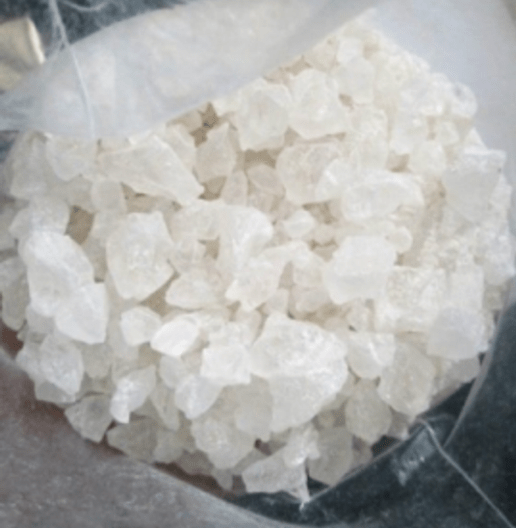



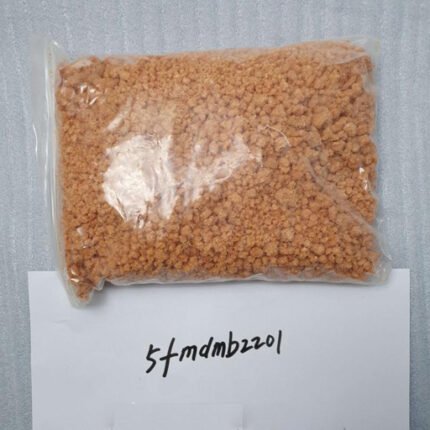
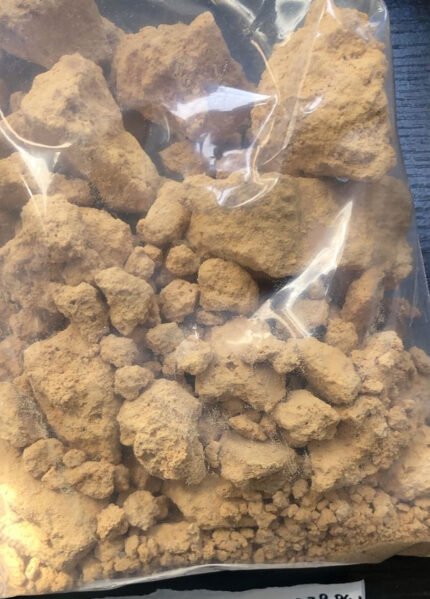

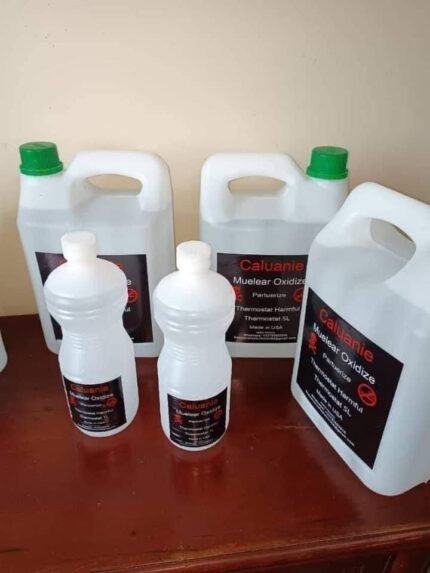
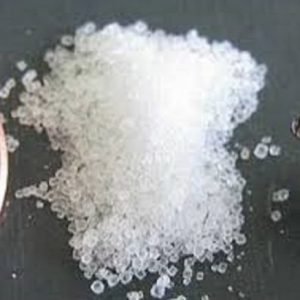



Reviews
There are no reviews yet.